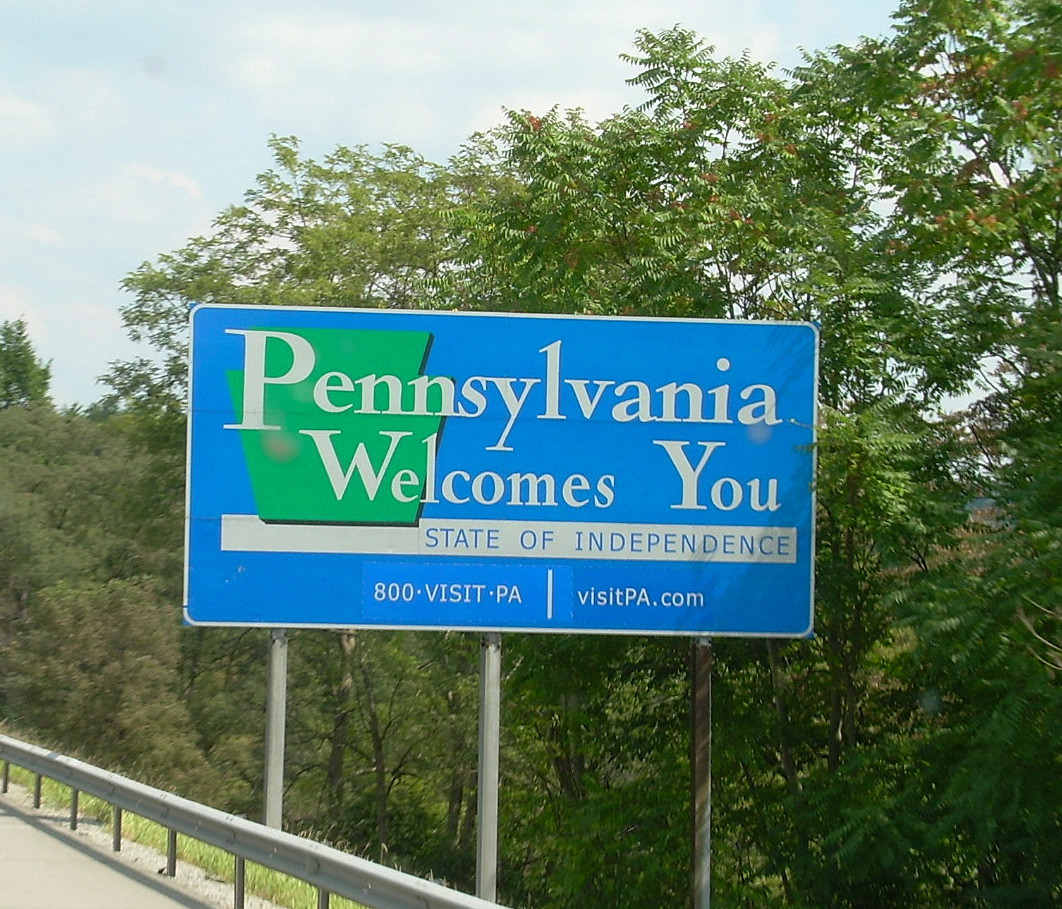Infra
We Can’t Build Things if We Don’t Fix Government Hiring

In the last three years, the Biden Administration has passed a wave of legislation to address infrastructure, climate, and economic vulnerabilities: the Bipartisan Infrastructure Law (BIL), the Inflation Reduction Act (IRA), and the CHIPS and Science Act (CHIPS). These key laws provide funding and support to rebuild bridges, increase internet access, replace aging water systems, invest in clean energy technologies, build advanced semiconductor factories, and much more. These projects can improve the lives of all Americans, but all have one common implementation bottleneck: permitting.
Permits underpin many of these projects because they are required for the use of land and other resources under the National Environmental Policy Act (NEPA), National Historic Preservation Act of 1966, and other laws. This means that before building can begin, environmental specialists, scientists, engineers, attorneys, and other experts need to form federal agency permitting teams to conduct environmental assessments, analyses, community engagement, and legal reviews to provide the required permits and authorizations.
Prior to these new bills passing, the federal permitting workforce was already overwhelmed, according to agency professionals. With the implementation of BIL, IRA, and CHIPS, the demand for permitting has only ballooned, driven by these investments in our future; changing laws, regulations, and policies impacting permitting; and the need for more environmental reviews and authorizations. Additionally, improving existing processes and technology tools to increase transparency and manage the permitting workload has engendered complexity. Not only does this further the need for new talent and skill sets that vary from traditional permitting teams, but it also leads to thousands of new customers beginning new, modernized processes. The Permitting Dashboard, owned by the Permitting Council, illustrates the status of some permitting projects and shows over 7,400 permitting projects planned, in progress, or paused as of September 2024. These demands far exceed the current workforce capacity.
The federal government is looking to address their surge hiring needs, but have run into challenges. In FY24, there were just under 11,000 full time employee permitting roles anticipated to be hired. However, hiring efforts have run into a number of barriers. Process delays caused by siloed ownership across the hiring process and outdated job descriptions; finding, selecting, or creating an assessment strategy; a need to reclassify roles; required multi-stakeholder reviews; and background checks have all slowed progress. Many of these have been exacerbated by the need for interdisciplinary permitting roles. Appropriation delays, misunderstanding regarding hiring flexibilities and authorities, and insufficient candidate pools have presented additional challenges for HR leaders, hiring managers, and HR specialists to navigate together. Additionally, the type of permitting work conducted and thus, the hiring needs, vary across agencies based on their mission and role in the permitting process, presenting challenges for collaboration and centralized solutions. Outdated federal hiring policies limit agency’s ability to recruit in a more competitive and geographically dispersed manner.
Most of these hiring challenges are not unique to permitting. Rather, they illustrate the pain points experienced by hiring managers, HR specialists, and HR leaders across government. Permitting hiring challenges are merely a microcosm of federal hiring and can serve as an example to identify critical talent reforms.
In the short term, all agencies involved in the permitting process need to prioritize hiring for permitting roles. The Biden Administration, agency leadership, and the Office of Personnel Management (OPM) need to be focused on finding solutions to address these process bottlenecks, and agencies should be looking for opportunities to collaborate and support their shared hiring goals through activities such as, pooled hiring, shared certifications, and standardized agency job descriptions. Implementation of the guidance and recommendations in a recent OPM-OMB Memo on Improving the Federal HIring Experience will help close many of these hiring challenges for agency permitting teams.
Without the permitting workforce needed for implementation, the American public will not reap the benefits of this new legislation. A diversified energy portfolio, improved and safe transportation systems, rural broadband access, resilient supply chains, and clean, accessible water will remain unattainable. The federal hiring process is the linchpin to onboarding this critical talent, and agency leaders are key to prioritizing these efforts. Our nation has not had this opportunity for decades; we do not want to let this moment pass. But if we are not able to build the government capacity needed for implementation, the impact of this historic legislation will go unrealized.









